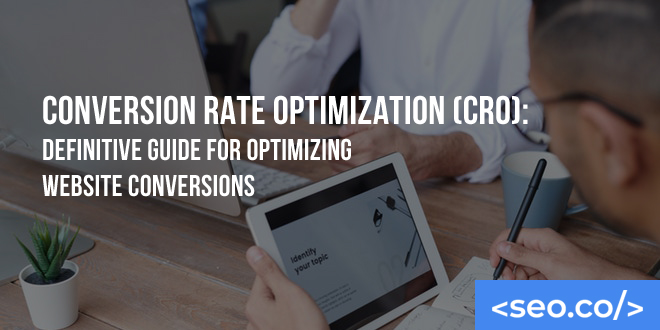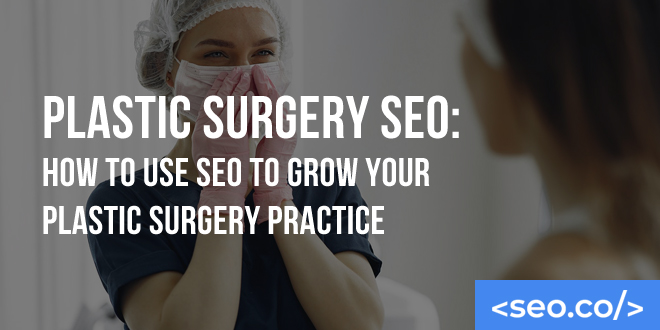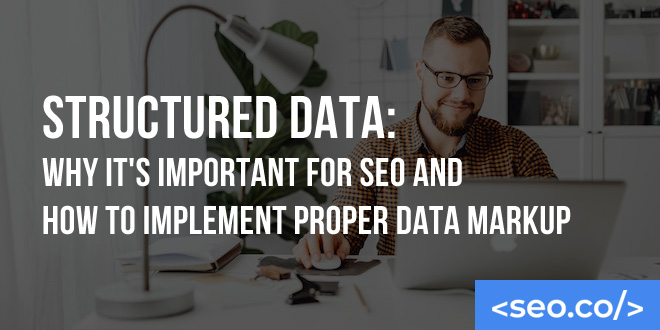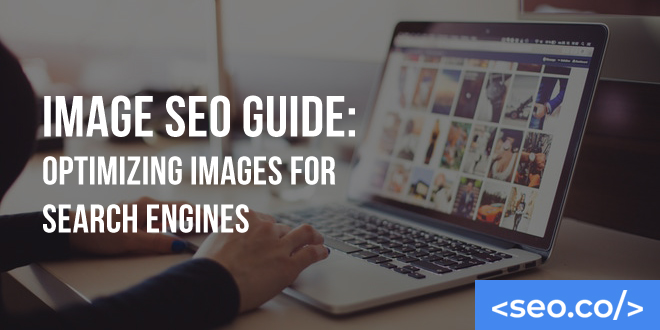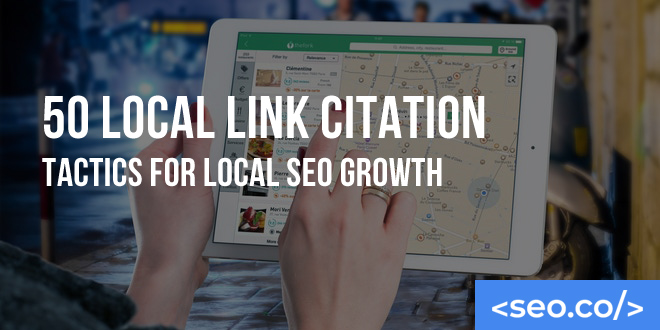
50 Local SEO Link Citation Strategies for Google Business Profile (GBP) Success
Local SEO citations and link building strategies are essential for generating more traffic to your website. The right links can dramatically improve your search engine rankings, which in turn will help you grow your online business. In this article, we’ll share 50+ local link-building and citation strategies that can deliver massive SEO growth. Ultimately, you want to fulfill search intent for local searches. What is Local Link-Building? Local link-building is a process of building links to your website from other websites in the same geographic location. This kind of link-building can be extremely beneficial for local businesses because it helps them rank better on Google Maps and listings, which could increase traffic by bringing more visitors to their store or place of business. Link Citation Strategies: Link citation strategies are about making sure you’re not only getting links but also adding local citations back into the web so that Google and other search engines see those as authoritative sources linking back to your site and will index your pages higher up in local search results accordingly. Some types of ways you can create these local citations include providing information online such as reviews, testimonials, forums discussions, etc. Why are Local Link Citations Important? Local citation building is important for two reasons: first, it can help with your local search rankings in Google Maps and other listings services. Secondly, links that come from sites geographically close to yours will have a higher chance of being indexed by Google than more competitive international keywords. This means that if you’re running an online retail store in Detroit, Michigan, and are trying to rank better on search engines so more people find your site when they type “Detroit clothing,” then creating links from websites located within Wayne County (where the county seat is) would be most beneficial. Likewise, if you own a restaurant in Queens Village but live elsewhere outside of New York City like Manhattan or Brooklyn, local link-making should include web pages that are based in all of these areas. 1. Enter the Running for Local Awards If your business is located in a specific city or town, enter the running for local awards. This will allow you to create links from other sites that are also based in this area and eases the process of getting those websites to link back to yours. To find out what kind of events are happening near where you live that would be appropriate for entering into running for local award contests, check with your Chamber of Commerce or Google “Your City Name + Events.” Contact these event organizers via email and ask if they have any upcoming competitions scheduled; many may be happy to take either an entry fee (which can go toward their fundraising efforts) as well as a link on their website mentioning which category you’re participating in. 2. Get Local SEO Citations from Local Influencers Another great way to get local links is by discovering and reaching out to local influencers. You can find these people through social media, Google Earth, or aggregate websites. Whether you’re looking for bloggers in your industry that are posting about topics related to what you offer or other businesses nearby with a large number of followers on their Facebook page who could help share your content, it’s worth trying this local SEO strategy if you have the time. 3. Write a Review of Your Favorite Local Business Do you love a restaurant, store, or other local businesses? If so, then write them a positive review online and be sure to ask for permission first before posting it. There are many websites that offer “reviews” of local businesses like Yelp – but don’t just insert the link with no context; if possible, find out what kind of information they’re looking for in their reviews and provide contextual, local links relevant to your experience at this place. Who knows? Chances are, that business may enjoy the free publicity and link back to your local article. 4. Create a Local Resource Page on Your Website Another one of the great ways to get local links is by creating a “Local Resources” page on your website. This can include information like nearby businesses or services in your area that people might be interested in, such as restaurants, auto mechanics, pet groomers, etc. If you link to any of these places and they mention it back on their site – not only will this help with search engine rankings but also create more business for them from customers who find out about them through your website. 5. Browse Local Online Mentions You can do your own research to find these mentions or use sites like AllTheRooms, which will allow you to enter an address and see what other businesses are nearby – as well as some information about their rankings on Google Maps. If the site has reviews from others that have been posted for this business, then it could be worth following up with them through email if they’ve linked back to the review so you get those links pointing toward your website too. You can also check online mentions and ask business owners to link back to your website for a simple backlink exchange. 6. Get Local Citations from Local Guides Another way to get local SEO citations is by creating an account and adding your business information to local guides. This includes sites like Yelp or Google Business Profile, where you can create a listing for free; in addition, read the next sentence about how this strategy works well if there are already listings for other businesses that have their own website but no page online. If another business has one of these pages that they’re not using anymore – ask them politely if it’s alright with them if you use this existing webpage as your site’s main source of exposure (with permission) instead of investing time into building up a brand new URL from scratch.

